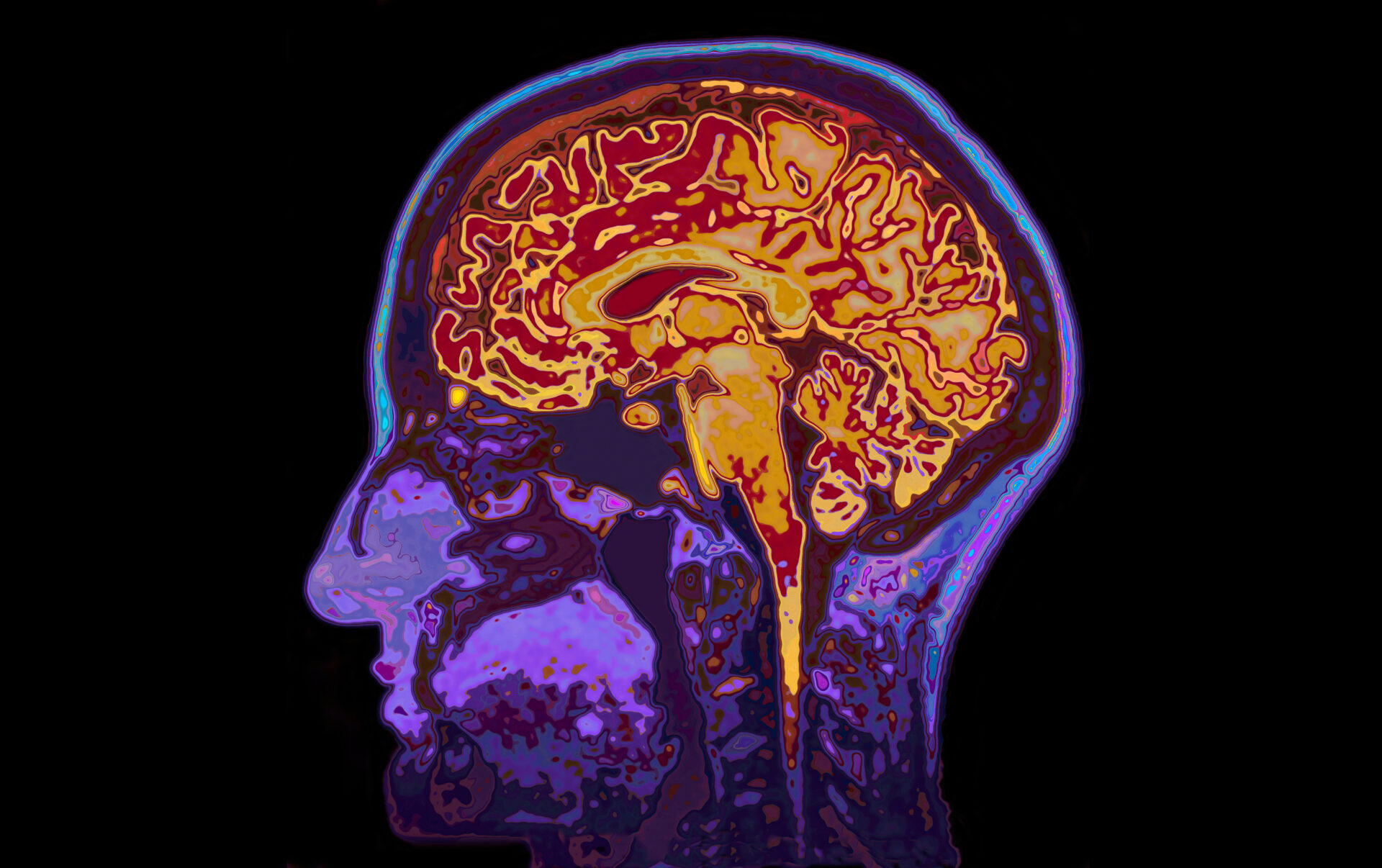A novel functional model for temporal images

- Date
- Wednesday 14 June 2023, 11am - 12noon
- Location
- LIDA room 11.87, Worsley Building
- Speaker
- Jeanine Houwing-Duistermaat
- Category
- Health
Temporal and longitudinal studies collect information repeatedly over time and are aimed to provide insight in joint changes of variables over time. Nowadays, the collected information per time point is often high dimensional, for example images, multiple omics datasets. Dimension reduction methods such as partial least squares for multiple omics or functional principal component analysis for images are available for one time point.
However, application of these methods to repeatedly measured high-dimensional datasets is too computational intensive. For images, we propose a novel functional model which includes cross-sectional functional components for the high-dimensional data and components for the temporal or longitudinal dependency and an estimation method which is computationally fast.
Our model is obtained by applying Mercer's theorem to the marginal covariance function of the continuous processes underrlying the discrete observed images. Here, we integrate over time ([1]). The time component is modelled by individual speci?c temporal score functions. For estimation of the model, we propose a method which comprises a singular value decomposition of the inner products of the underlying processes for each time point seperately and a regression component to estimate the temporal score functions
([2]). The performance of the method is studied via simulations and a data application. Here, we focus on dense temporal data. The simulation study evaluates the ability to reconstruct the data, to estimate the score functions and principal components, and to identify the correct number of components. The dataset consists of brain fMRI images captured on 15 subjects whilst performing decision-making tasks ([2]).
The simulation study showed good performance for obtaining the correct number of components and estimation of the score functions and components when the ?tted model agrees with the simulated one. When the ?tted and simulated model do not agree, the approach appears to be able to reconstruct the images. Concerning the data application, our model was also able to identify known relevant brain regions. The model can also be used for sparse temporal data by using splines or longitudinal mixed models for the scores.
References
[1] Park S.Y., Staicu A.M., Longitudinal functional data analysis, Stat, 4, (2015), 212-
226.
[2] Li Y., Huang C., Hardle W., Spatial functional principal component analysis with
applications to brain image data, Journal of Multivariate Analysis, 170, (2019), 263-
274.
